
Doctoral Research Fellow @NuclearOslo @UniOslo / Non-Resident Fellow @CEPA. Defense policy, missile technology, and nuclear strategy. Views are strictly my own.
30 subscribers
How to get URL link on X (Twitter) App

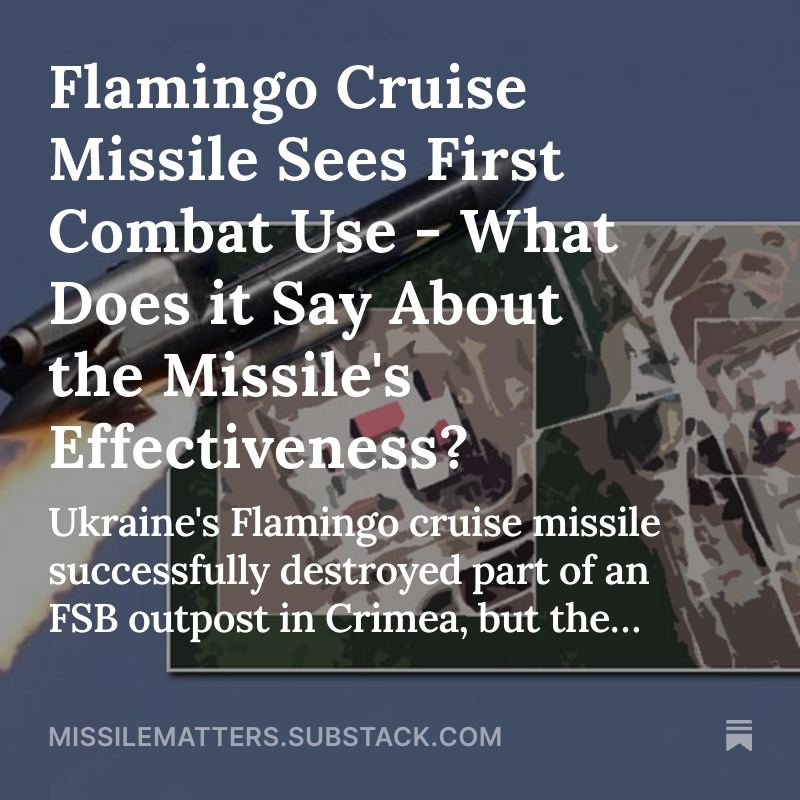
 High-resolution satellite imagery shows two impacts.
High-resolution satellite imagery shows two impacts.
 Ukraine’s missile industry has moved through several distinct phases since 2014, from modest post-Soviet capabilities and problem-ridden pre-war programs to wartime improvisation, foreign reliance, and now ambitious attempts at independent production.
Ukraine’s missile industry has moved through several distinct phases since 2014, from modest post-Soviet capabilities and problem-ridden pre-war programs to wartime improvisation, foreign reliance, and now ambitious attempts at independent production.
 The FP-5 Flamingo is the first "heavy" missile system in Ukraine's indigenous missile arsenal, combining long range with a large payload.
The FP-5 Flamingo is the first "heavy" missile system in Ukraine's indigenous missile arsenal, combining long range with a large payload.
 Russia is currently estimated to produce a total of 840 to 1,020 ground-launched 9M723 and air-launched Kh-47M2 Kinzhal short- to medium-range ballistic missiles annually, or 70 to 85 per month.
Russia is currently estimated to produce a total of 840 to 1,020 ground-launched 9M723 and air-launched Kh-47M2 Kinzhal short- to medium-range ballistic missiles annually, or 70 to 85 per month.
 Russia's nuclear arsenal faces two primary challenges: maintaining its nuclear warheads and sustaining a viable fleet of delivery vehicles, particularly ICBMs.
Russia's nuclear arsenal faces two primary challenges: maintaining its nuclear warheads and sustaining a viable fleet of delivery vehicles, particularly ICBMs.
 The article reexamines Israel's 1981 strike on Iraq's Osirak nuclear reactor. While it delayed Iraq’s nuclear ambitions, the strike also pushed Iraq to pursue a more covert and determined nuclear weapons program in the years following.
The article reexamines Israel's 1981 strike on Iraq's Osirak nuclear reactor. While it delayed Iraq’s nuclear ambitions, the strike also pushed Iraq to pursue a more covert and determined nuclear weapons program in the years following.

 I categorize 🇷🇺 nuclear threats into four types: cheap talk, state-sanctioned rhetoric, preparations for limited nuclear use, and preparations for large-scale nuclear use. Each varies in intensity & credibility.
I categorize 🇷🇺 nuclear threats into four types: cheap talk, state-sanctioned rhetoric, preparations for limited nuclear use, and preparations for large-scale nuclear use. Each varies in intensity & credibility.
 First, @AS_22im is the true expert on tracking S-300/S-400 sites. I recommend you follow him.
First, @AS_22im is the true expert on tracking S-300/S-400 sites. I recommend you follow him.
 The missile missile follows other SRBMs, like the Russian 9M723 Iskander-M and the South Korean Hyunmoo-2, in form and function.
The missile missile follows other SRBMs, like the Russian 9M723 Iskander-M and the South Korean Hyunmoo-2, in form and function.


https://x.com/FRHoffmann1/status/1824473503258853629
 Germany's Taurus KEPD-350 is arguably the best stand-off weapon in Western arsenals for destroying complex bridge targets.
Germany's Taurus KEPD-350 is arguably the best stand-off weapon in Western arsenals for destroying complex bridge targets.https://x.com/FRHoffmann1/status/1690731787465506816

 The AGM-158A JASSM is, broadly speaking, the American counterpart to the German-Swedish Taurus KEPD-350 & the British-French Storm Shadow/SCALP-EG.
The AGM-158A JASSM is, broadly speaking, the American counterpart to the German-Swedish Taurus KEPD-350 & the British-French Storm Shadow/SCALP-EG.


 Militarily, medium-range missiles provide deterrence benefits by allowing NATO to more credibly hold at risk targets at operational and strategic depth, including those of time-sensitive nature.
Militarily, medium-range missiles provide deterrence benefits by allowing NATO to more credibly hold at risk targets at operational and strategic depth, including those of time-sensitive nature.
 But first recap, why 2-3 years?
But first recap, why 2-3 years?
 For over a decade, Russia has been threatening European capitals and homeland targets with its Iskander-M ballistic and cruise missile systems, both nuclear & conventionally armed, from Kaliningrad.
For over a decade, Russia has been threatening European capitals and homeland targets with its Iskander-M ballistic and cruise missile systems, both nuclear & conventionally armed, from Kaliningrad.


 Most importantly, I disagree with the notion that this debate would have been some kind of enlightened discourse on the relative benefits of deterrence, reassurance and arms control.
Most importantly, I disagree with the notion that this debate would have been some kind of enlightened discourse on the relative benefits of deterrence, reassurance and arms control.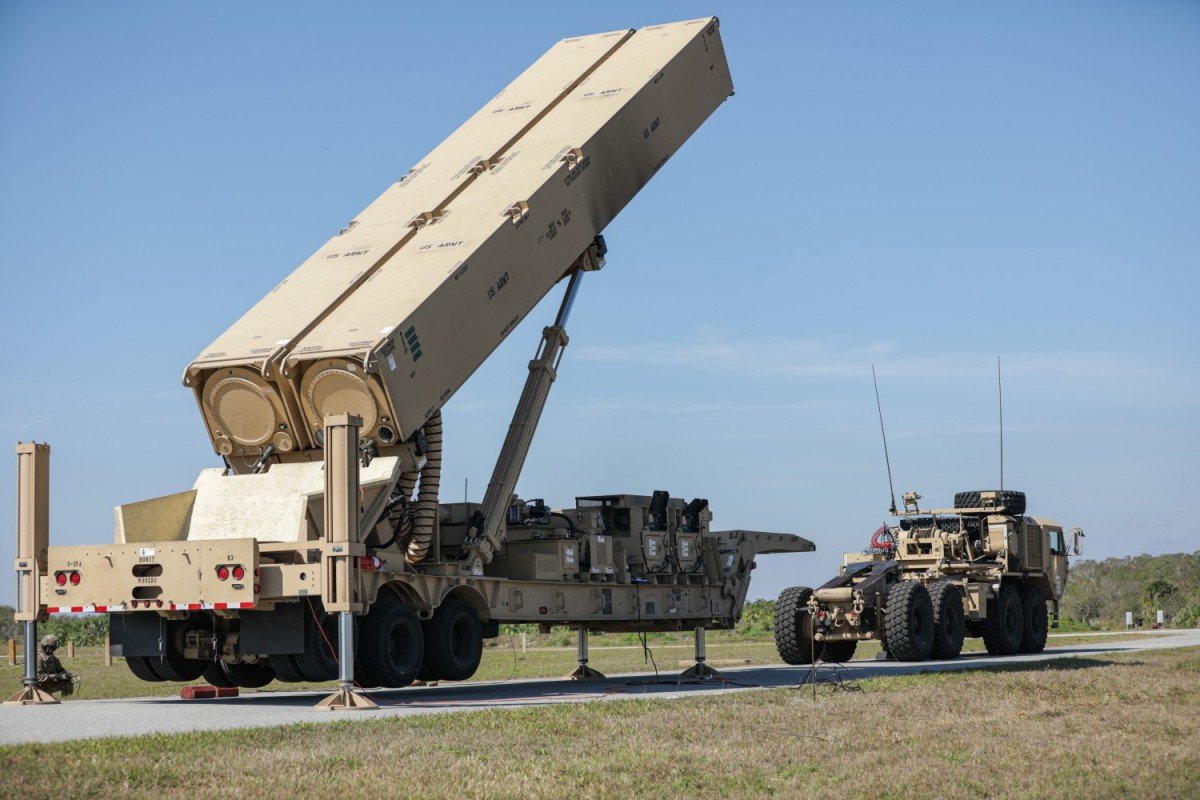
 1. INF-range missiles in Europe will offer NATO substantial military advantages and strengthen our deterrence posture.
1. INF-range missiles in Europe will offer NATO substantial military advantages and strengthen our deterrence posture.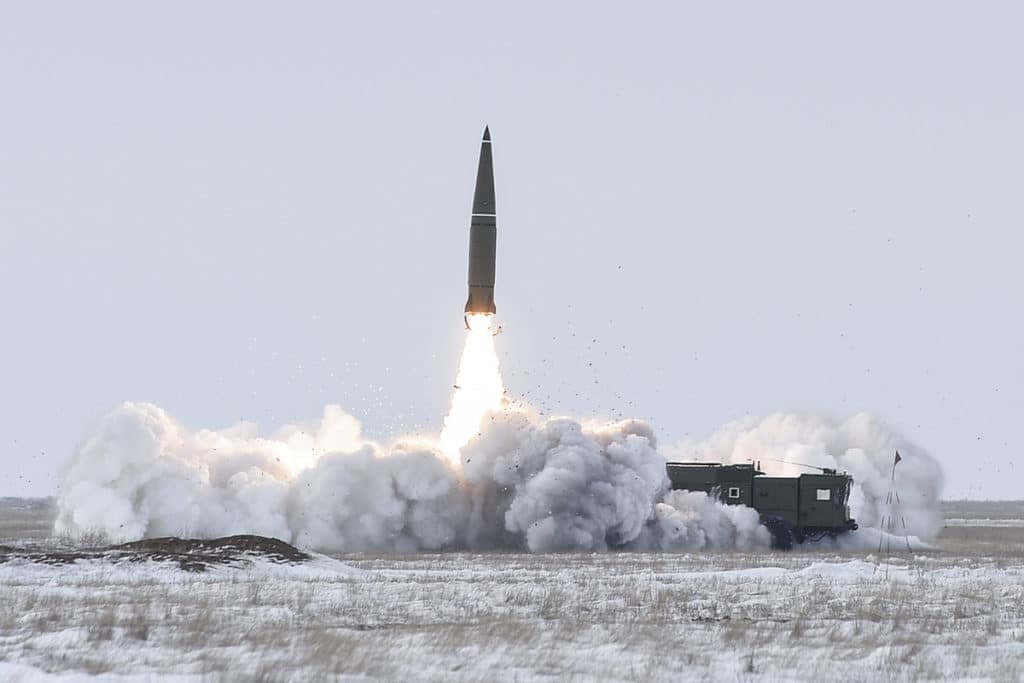
 How exactly NATO's response would look like depends on a range of factors, most notably warhead yield, location, casualties, etc.
How exactly NATO's response would look like depends on a range of factors, most notably warhead yield, location, casualties, etc.
 Most notably, the national security argument against Taurus has been advanced by the Minister of Defense.
Most notably, the national security argument against Taurus has been advanced by the Minister of Defense.https://twitter.com/Golemiker/status/1783246317717745771
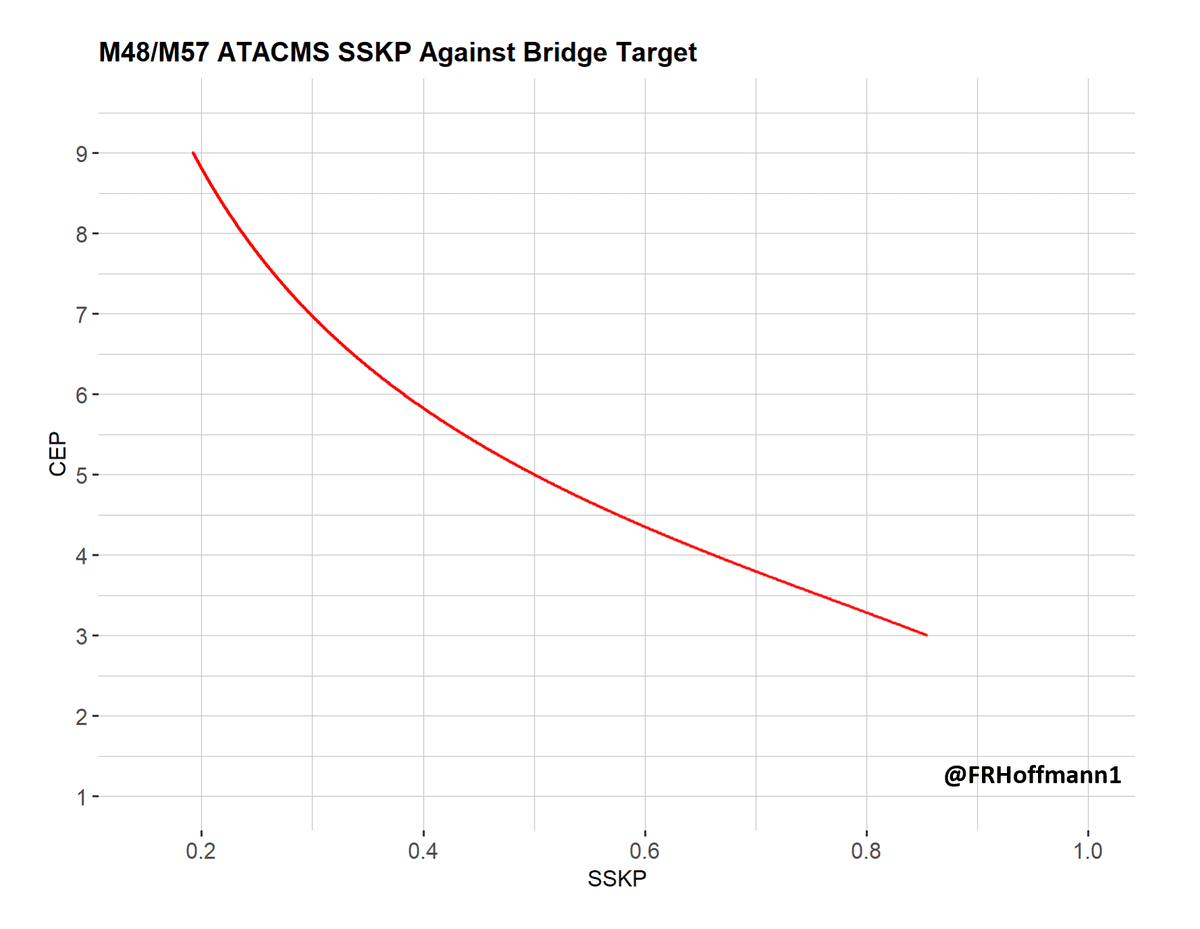
 The M48 and M57 ATACMS carry the 227kg WDU-18/B unitary warhead. This warhead includes 98 kg of DESTEX high explosives. With this data, we can determine the lethal radius (LR) for various structures based on target hardness and the required overpressure for destruction. 2/21
The M48 and M57 ATACMS carry the 227kg WDU-18/B unitary warhead. This warhead includes 98 kg of DESTEX high explosives. With this data, we can determine the lethal radius (LR) for various structures based on target hardness and the required overpressure for destruction. 2/21 

 First, while the missile raid was targeted and calibrated in nature, it constituted a massive assault clearly intended to overwhelm Israel's missile defense system.
First, while the missile raid was targeted and calibrated in nature, it constituted a massive assault clearly intended to overwhelm Israel's missile defense system.
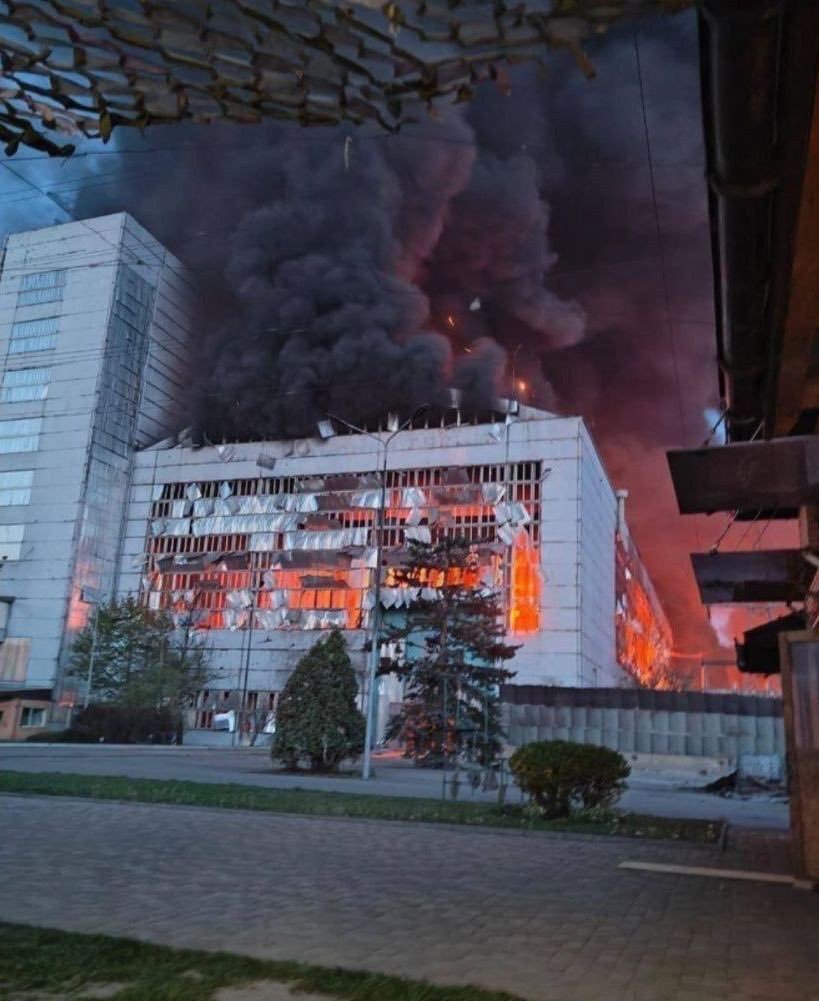
 At this stage of the war, state capacity is the crucial factor. We rightly commend 🇺🇦 for having found a way to undermine Russia's state capacity with indigenous long-range drones. But at the same time we are content to stand by and watch Ukraine's state capacity burn? 2/3
At this stage of the war, state capacity is the crucial factor. We rightly commend 🇺🇦 for having found a way to undermine Russia's state capacity with indigenous long-range drones. But at the same time we are content to stand by and watch Ukraine's state capacity burn? 2/3